Discover insights, tips, and stories from the skies — from aircraft buying guides to pilot training.
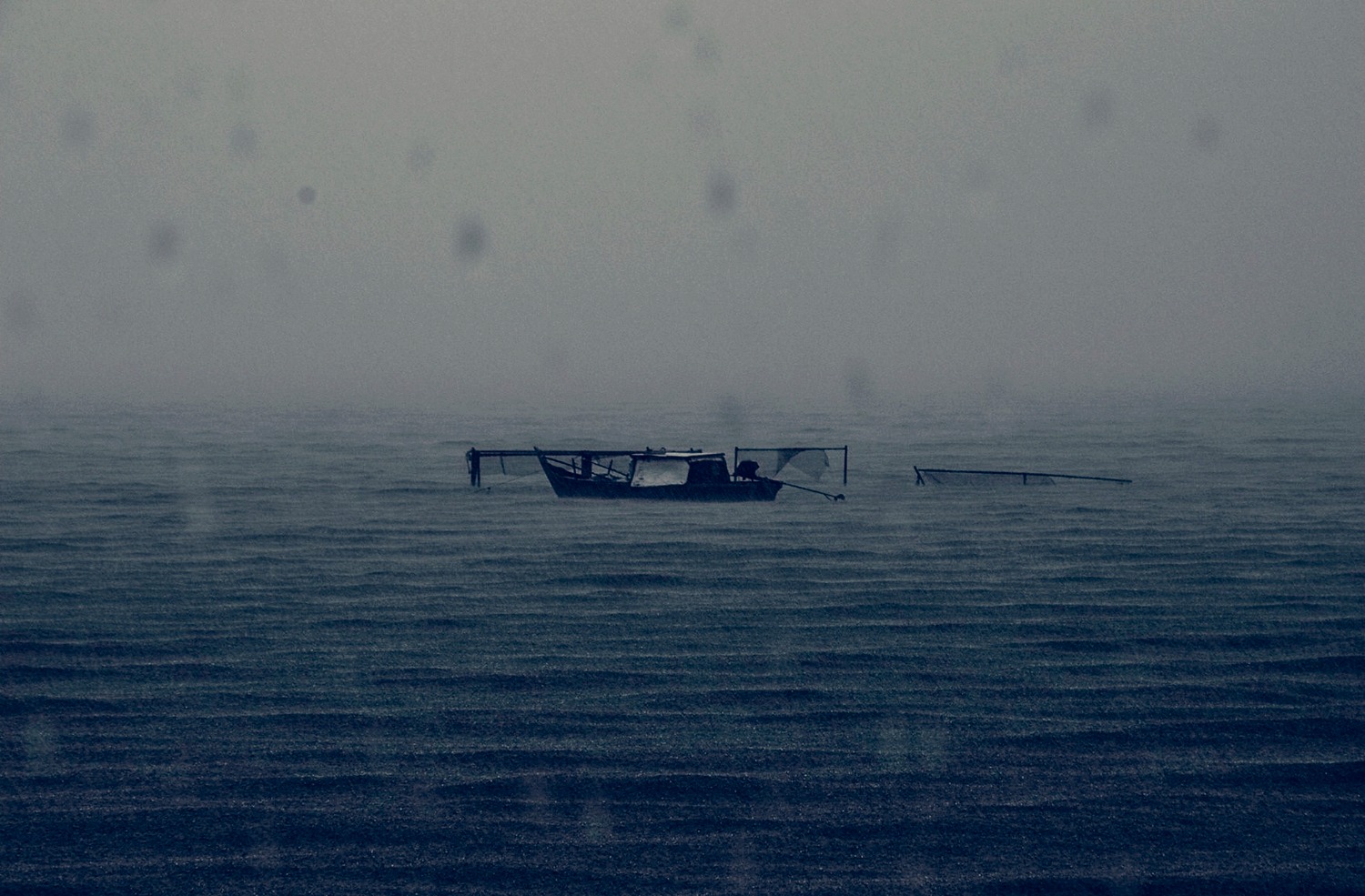
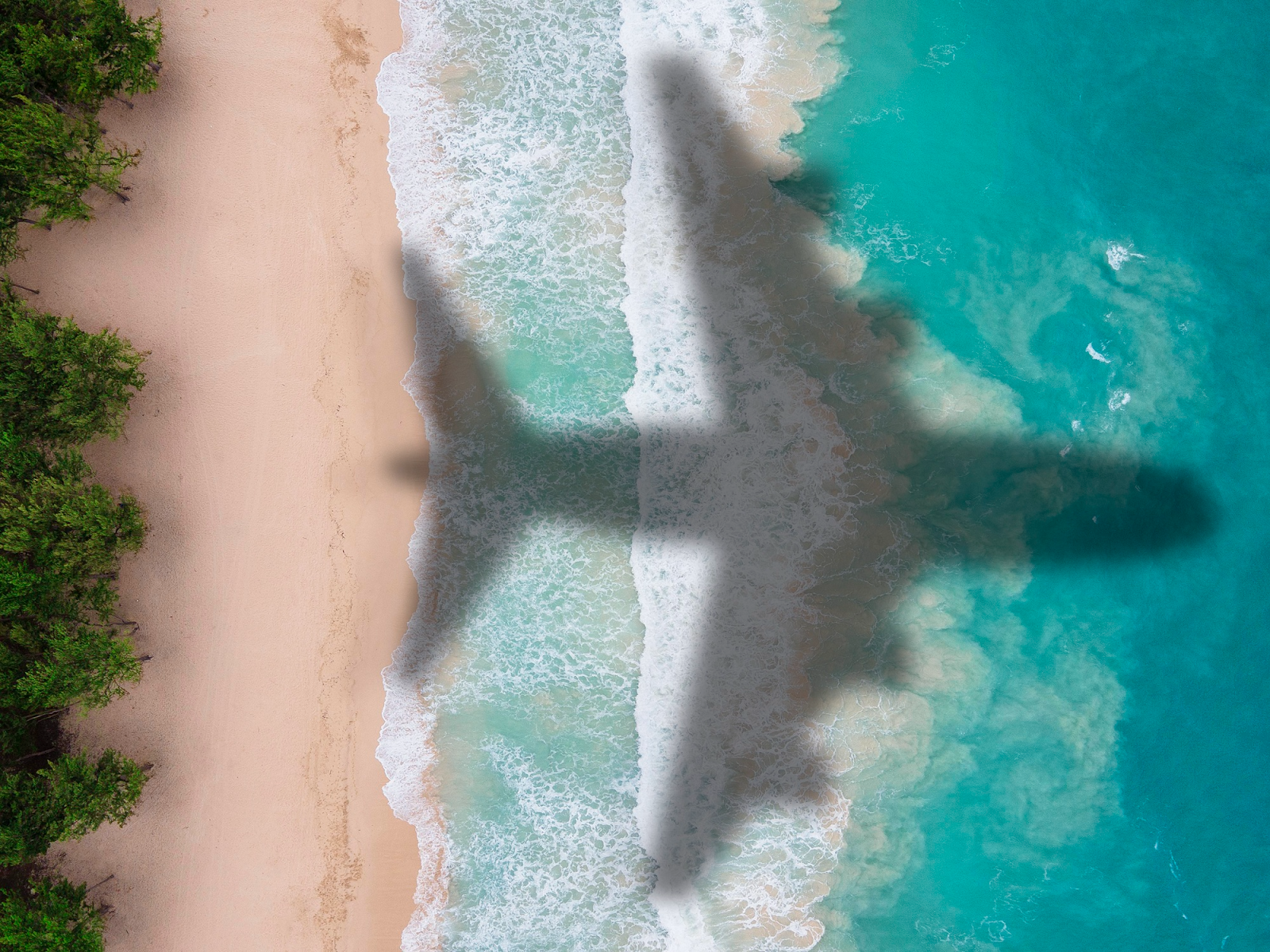
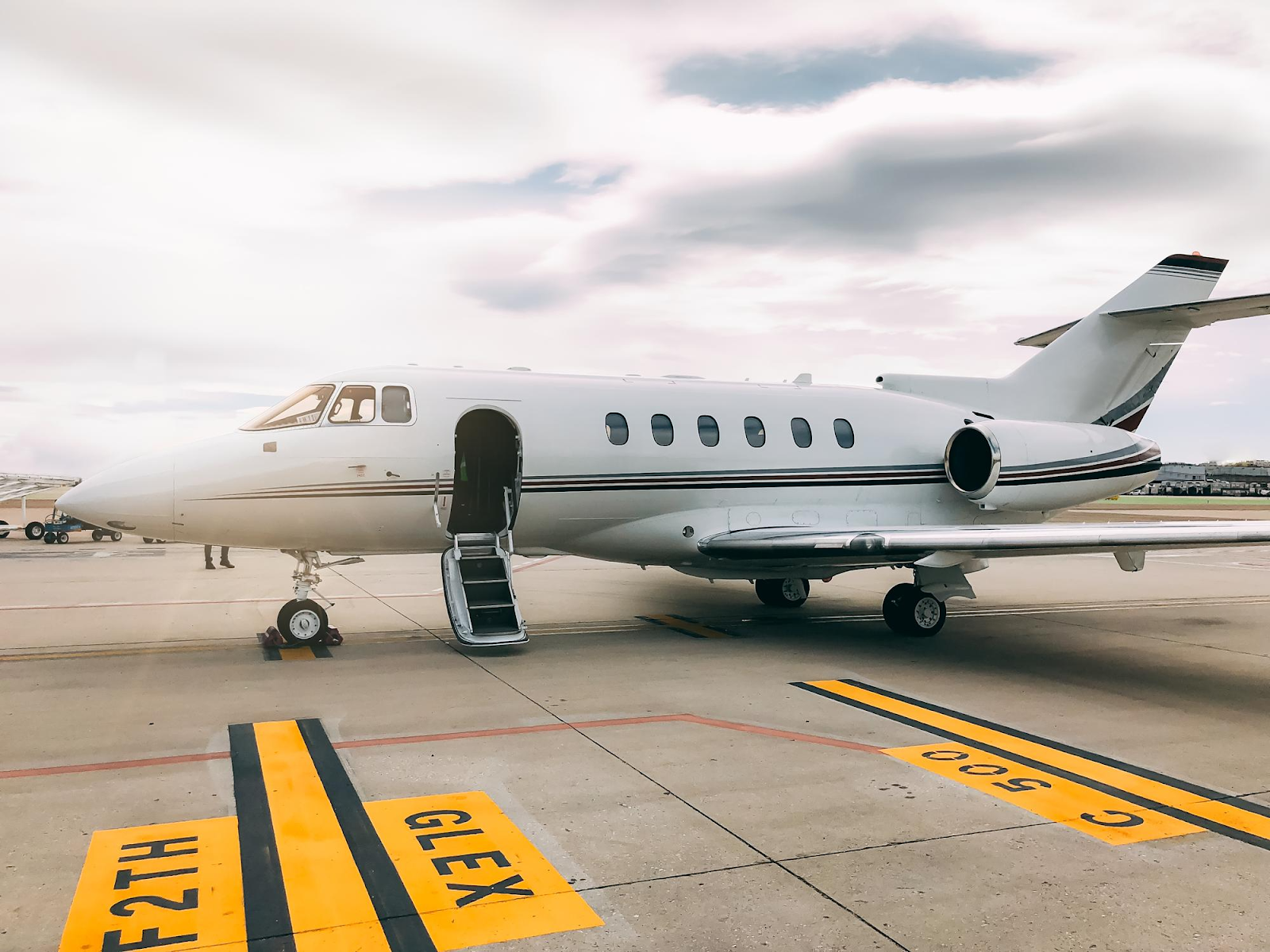
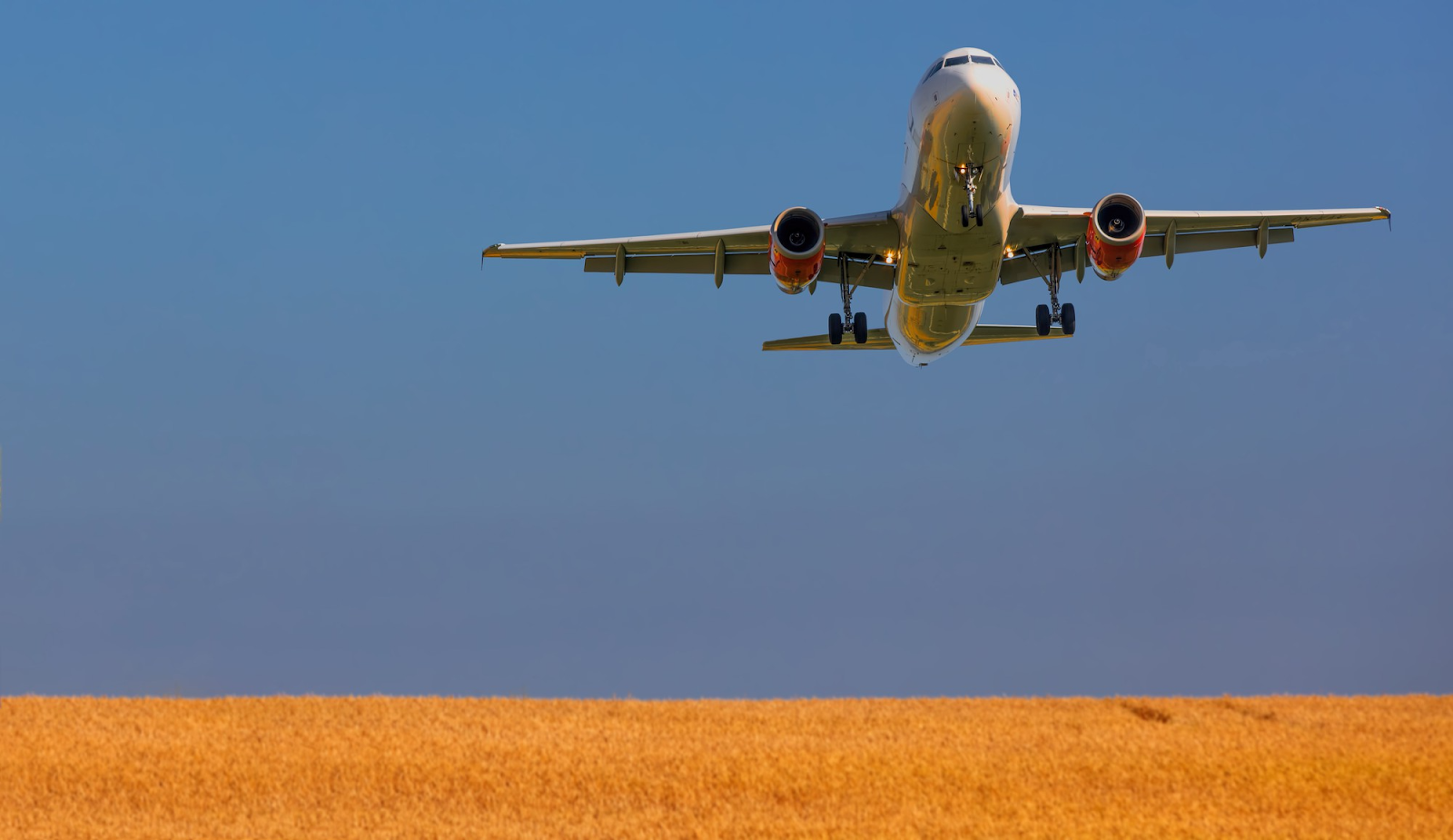
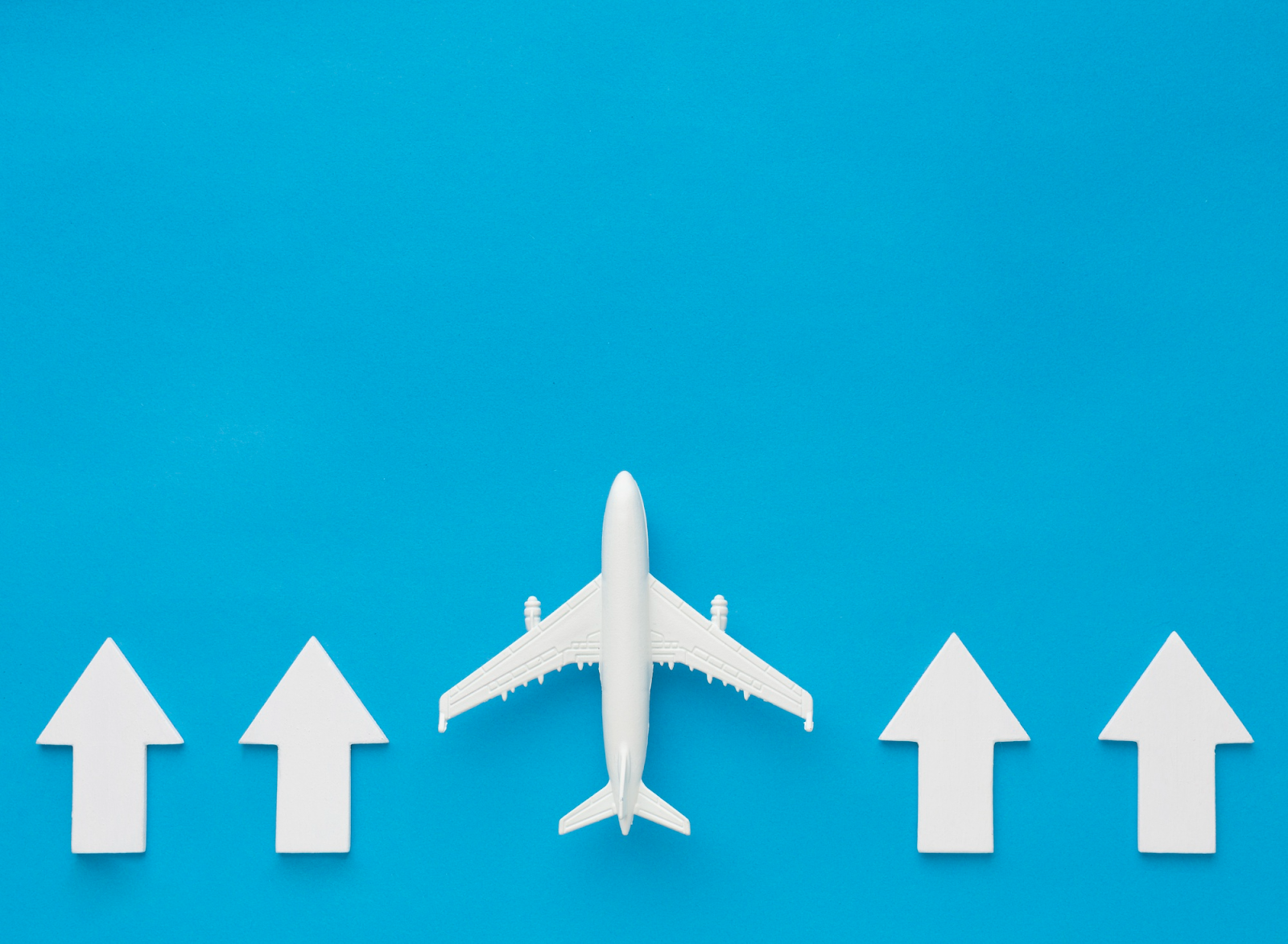
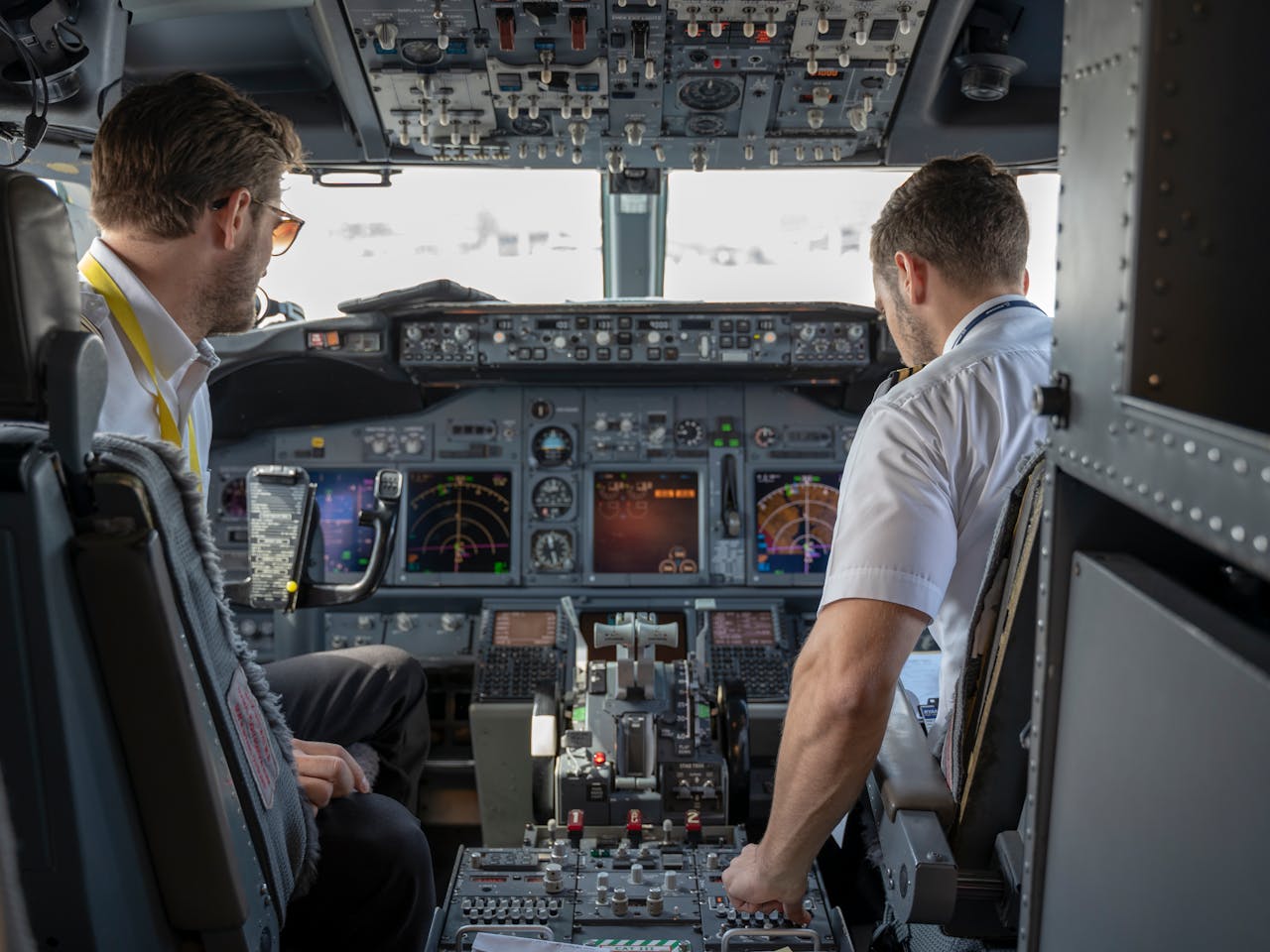
Published: July 29, 2025
Flying a large aircraft can look smooth and simple from the ground. Inside the cockpit, though, it can be a very different story.
Some planes react sharply to small movements. Others require perfect timing during landing or takeoff. In fact, about eight out of ten aviation accidents are linked to human error, showing just how much skill and focus matter in every stage of flight. A few demand so much attention that even a skilled pilot feels the pressure.
In the world of aviation, certain planes stand out for being the hardest to fly. They may be massive like an airliner, or sleek like a jet aircraft. They might have old controls that need muscle, or advanced systems that need constant monitoring. Either way, they test skill, focus, and training every time they leave the runway.
Before we list the hardest commercial aircraft to fly, let’s look at what actually makes an aircraft to fly more challenging, why some pilots take on the challenge, and if size really plays a part.
Several factors can make an airplane more difficult to control.
Flying a hardest to fly plane might sound stressful, but many pilots enjoy the experience.
Some pilots even volunteer to train on the toughest planes. They know that mastering these aircraft makes them stronger in every other type of aviation work.
Size can make a difference, but it’s not the only factor.
In the end, both big and small planes can be tricky for different reasons. What matters most is how they are built and how they respond in the air.
Some planes are harder than others to control. They may need extra muscle, sharper focus, or more planning. Below are seven examples that many pilots agree are among the hardest aircraft to handle in the commercial world.
Each one has its own story, and each one can be a real challenge for pilots.
Here are the 7 hardest commercial aircraft to fly:
The Lockheed U-2 was made for high-altitude missions. It flies so high that it operates near the “coffin corner,” where stall speed and top speed are almost the same. This means the pilot must fly within a tiny speed range to keep in the air.
The controls are heavy and have no power assist. At low altitudes, the stick feels stiff and slow to move. Landings are among the hardest to land in aviation. The plane glides easily and can float far past the planned touchdown point. Limited cockpit visibility during landing makes this even harder.
Even though it is mostly used for military work, its flight demands show what makes an aircraft difficult in any setting.
This Soviet-era passenger jet is known for being one of the most difficult airliners to fly. It has no hydraulic assist. Every surface is moved with cables and pulleys. This makes it a difficult aircraft to fly, especially on long trips where pilot fatigue builds.
The tail-mounted engines can create a “deep stall” risk. In this situation, the airflow over the tail is blocked, making it hard to recover. For crews, it’s an aircraft difficult to manage when anything goes wrong.
The tail-mounted engines can create a “deep stall” risk. In this situation, the airflow over the tail is blocked, making it hard to recover. For crews, it’s an aircraft difficult to manage when anything goes wrong.
While the Il-62 is not vintage yet, the same careful attention needed for its systems reminds us of the care and detail described in guides on how to maintain vintage aircraft engines.
The Airbus A380 is the largest passenger high-performance airliner ever built. Its size makes it stable in the air, but on the ground, it needs special gates, taxiways, and long runways.
Inside, the wiring is extremely complex—98,000 wires connect over 40,000 points. If something goes wrong, finding and fixing the issue is a major task. Even moving it safely on the ground is a challenge for pilots due to its length and wingspan.
This plane was built for ultra-long flights. On these trips, it carries massive amounts of fuel. A heavy fuel load changes how the plane climbs, turns, and lands. Pilots have to plan carefully so the aircraft stays balanced.
Flying this difficult aircraft for many hours also means managing systems to keep efficiency high. Over such long ranges, even small mistakes can affect the arrival.
Before the MCAS software changes, the 737 MAX had a known problem: automation could push the nose down when it wasn’t needed. In rare cases, this system was hard to override, making it difficult to fly safely.
For a challenge for pilots, nothing is more stressful than fighting the controls when automation acts incorrectly. Modern updates have fixed this, but the early issues showed how important pilot control authority is.
Both the MD-11 and Boeing 727 have reputations for being tricky on landing. The MD-11, in particular, is known for a tendency to pitch forward if handled too aggressively near touchdown.
The 727’s design, with three engines and a unique wing layout, also demands precision. They are not the most forgiving aircraft—many pilots still say they are among the hardest to land in commercial service.
The Convair B-58 Hustler is not a commercial plane, but it’s worth mentioning for its handling challenges. It was a supersonic bomber that flew very fast and had strict limits on angle of attack.
Fuel movement in flight could shift the center of gravity suddenly. This made the plane harder to keep in the air without constant adjustments. It was one of the most difficult military planes to master, even for experienced crews.
Supersonic flight brings unique challenges. The B-58 was fast, but it came after the first aircraft to break the sound barrier, the Bell X-1, which proved that flying faster than sound was possible. That breakthrough set the stage for planes like the Hustler.
These aircraft may not make the top seven, but each can be a challenge for pilots in the right conditions.
Some planes are challenging because of their design. Others demand attention because of how they react to weather, speed, or weight. From large passenger jets to older, hands-on machines, each one tests a pilot’s training in a different way.
If you enjoyed learning about these fascinating machines, check out more insights from Flying411 for your next aviation read.
Special type-rating training is required, with extra simulator hours and supervised flights.
Many pilots say the Concorde was one of the most complex due to its speed, systems, and fuel balance needs.
No, airlines select aircraft based on route needs, maintenance costs, and crew experience.
Often, yes. They may lack automation and require more manual control.
Yes. Wind, rain, and ice can increase handling challenges, especially during takeoff and landing.